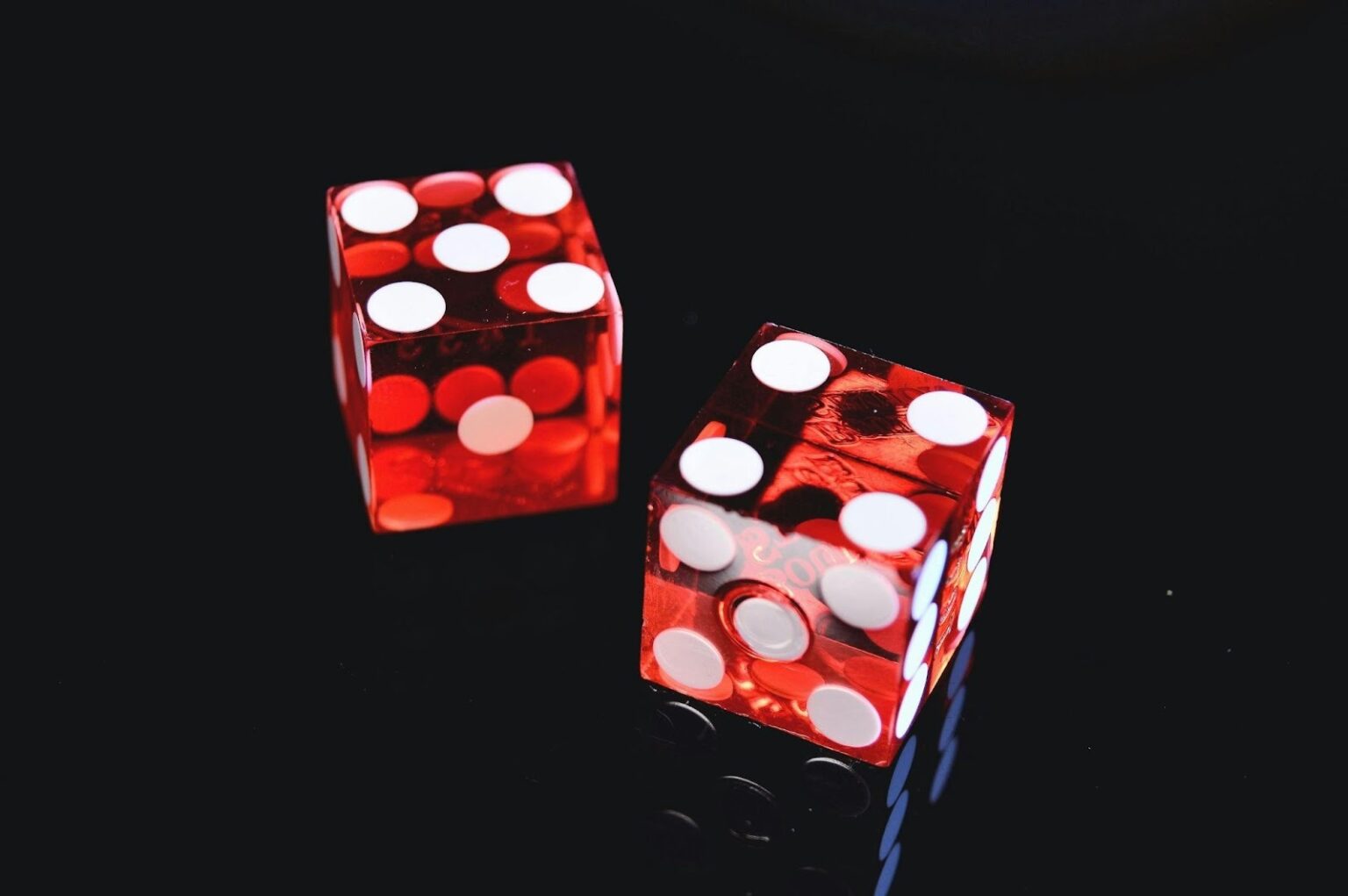Probability isn’t just for statisticians and mathematicians. It plays a vital role in everyday decision-making, especially in areas like sports, strategy games, and digital simulations. Whether you’re a coach determining the best play to call, a fan predicting a tournament outcome, or a player navigating an interactive experience, understanding the odds can provide valuable insight.
Probability helps shape strategic thinking, from the playing field to the digital interface. Here, we explore how probability is used in sports and simulations and how similar mathematical models apply to games of chance and decision-making.
The Mathematical Structure Behind Blackjack
Probability also forms the backbone of decision-making in many games. A blackjack game, for instance, is based on well-understood odds. Every decision—from whether to hit or stand, to whether to split pairs or double down—is influenced by the probability of drawing certain cards.
The mechanics of blackjack involve known variables: a fixed number of card values, a set sequence of possible plays, and a clear objective. This makes it a useful example of applied probability in action. Players who study blackjack strategy often use decision tables based on statistical probabilities. These tables aren’t guesses—they’re derived from millions of simulated hands and provide a mathematically grounded framework for play.
While randomness plays a role in the cards dealt, the game also rewards consistent decision-making based on probability, much like strategic decisions in sport.
The Role of Probability in Sports Strategy
In competitive sport, the use of probability is more widespread than many people realise. Teams now routinely analyse data to make decisions that maximise their chances of success. Coaches assess the likelihood of different outcomes—should they go for the goal on fourth down? Take the corner kick short or long? Pull the goalie or hold position?
These decisions often rely on models built using historical data and statistical probabilities. For instance, in football (soccer), analysts may track expected goals to evaluate shot quality. In basketball, three-point attempts are weighed against two-point shots based on success rates and positioning. Even in tennis, players study the odds of winning service points in specific conditions to adjust their tactics.
These probabilities aren’t predictions—they’re probabilities. They help reduce uncertainty and improve decision-making, but outcomes remain dynamic. That’s part of what makes sport exciting: even the best odds can’t eliminate unpredictability.
Simulation and Predictive Modelling
Simulations also depend heavily on probability. In training environments—like those used in motorsport, military exercises, or even finance—randomised outcomes are introduced to mimic real-world variability. The goal is to help users make decisions under uncertain conditions.
For example, a sports simulation tool may introduce randomised injury scenarios or weather changes, forcing the user to adapt their strategy mid-game. These systems are not purely random—they’re governed by probability distributions based on historical data. If a quarterback has a known injury risk or a cyclist performs differently in the rain, those variables are accounted for in the simulation engine.
Such probabilistic modelling is also used in virtual sports betting simulations, fantasy league predictors, and even fan engagement tools. It adds a layer of realism by recognising that outcomes can’t be determined with certainty—but they can be estimated.
Comparing Sports Strategy and Game Design
Although sport and gaming are very different environments, both often involve the same mental process: weighing options under uncertainty.
In sport, a coach might ask: What’s the likelihood this play will succeed, based on our opponent’s past performance? In blackjack, a player might ask: What are the chances the next card puts me over 21?
Both decisions are time-sensitive, based on probability, and involve risk management. The biggest difference is that sport typically deals with human unpredictability, while card games rely on statistical fairness and pre-set rules.
This overlap in logic is one reason why probability-based decision-making is taught in business, game theory, and even behavioural economics. Whether managing a team or navigating a game board, understanding the odds improves your ability to make rational choices.
Randomness Isn’t Chaos—It’s Design
It’s worth noting that randomness in games or sport isn’t chaos—it’s calculated variability. In blackjack, each shuffle of the deck is meant to replicate the unpredictability of real-world outcomes, much like a soccer ball hitting the post or a defender slipping at a crucial moment.
Designers of both games and sports simulations rely on probability not just to create tension, but to mirror the way outcomes unfold in the real world. This randomness ensures that patterns don’t dominate, keeping decisions meaningful and repeat play engaging.
Even digital games that include elements like spinning reels or variable outcomes are built on random number generators (or RNGs) that adhere to mathematical standards. These systems generate outcomes in accordance with defined probability distributions, ensuring that unpredictability is maintained, but within a controlled framework.
Final Thoughts
Whether you’re drawing a card, coaching a team, or simulating a financial outcome, probability is a powerful tool. It doesn’t guarantee success, but it helps you understand risk, make better decisions, and prepare for different outcomes.



